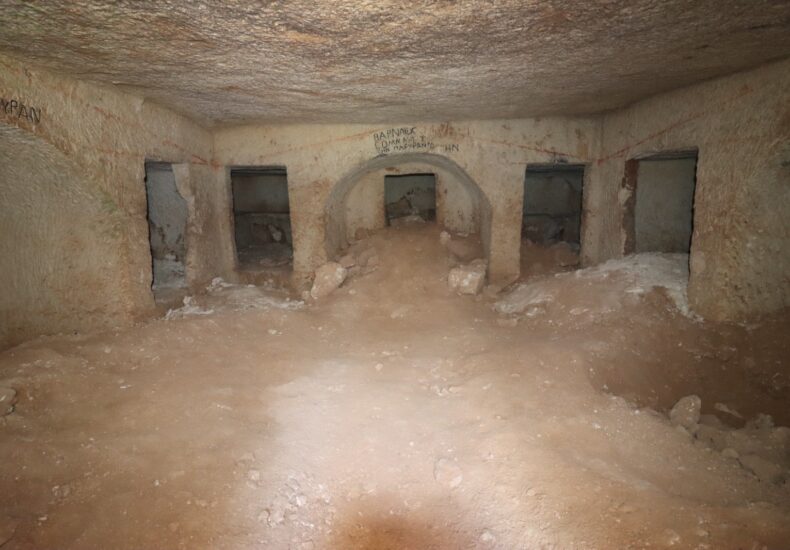
Cross-Carved Ancient Rock-Cut Tomb Officially Registered in Suruç, Türkiye
A recently identified rock-cut tomb in the Köseveli neighborhood of Suruç, Şanlıurfa, has been officially recorded as part of the province’s cultural heritage inventory. The registration was carried out under an ongoing documentation project aimed at cataloging all historical landmarks in the region.
Şanlıurfa Governor Hasan Şıldak announced the discovery on social media, emphasizing that the initiative seeks to preserve the city’s rich archaeological fabric for future generations. The tomb lies about one kilometer west of the village center and is aligned along an east–west axis.
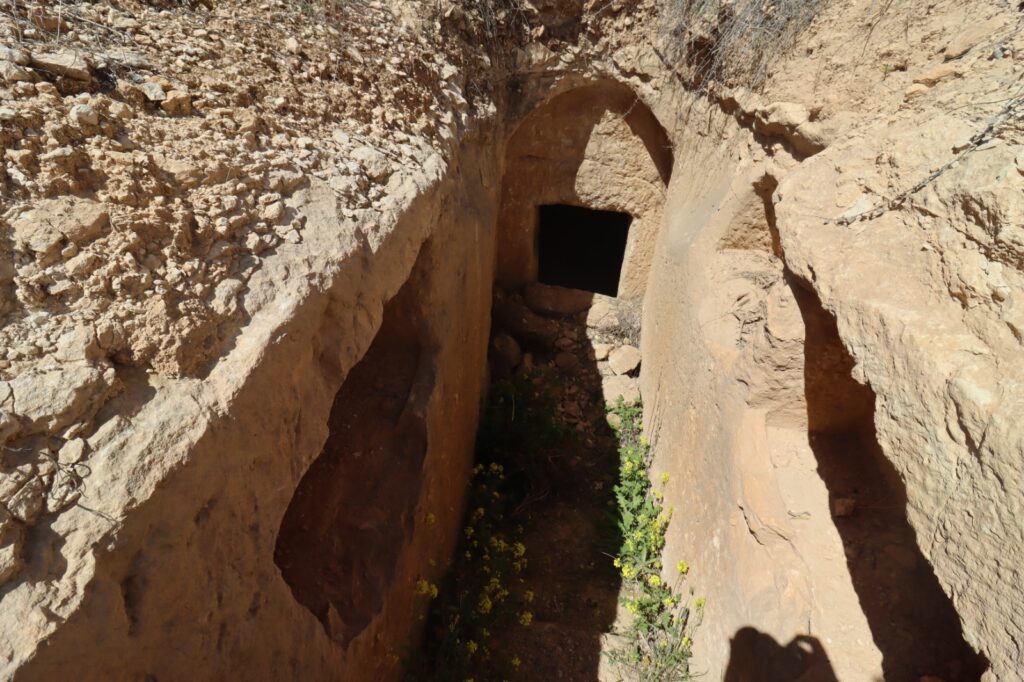
The structure features a single burial chamber accessed through a dromos (entrance passage), with three niches on each side of the corridor. The western-facing doorway bears a carved cross motif just inside the entrance, and two loculi (burial niches) flank the doorway on both sides. Along the three interior walls, three symmetrically arranged burial sections contain klinai (funerary benches) beneath rounded archways.
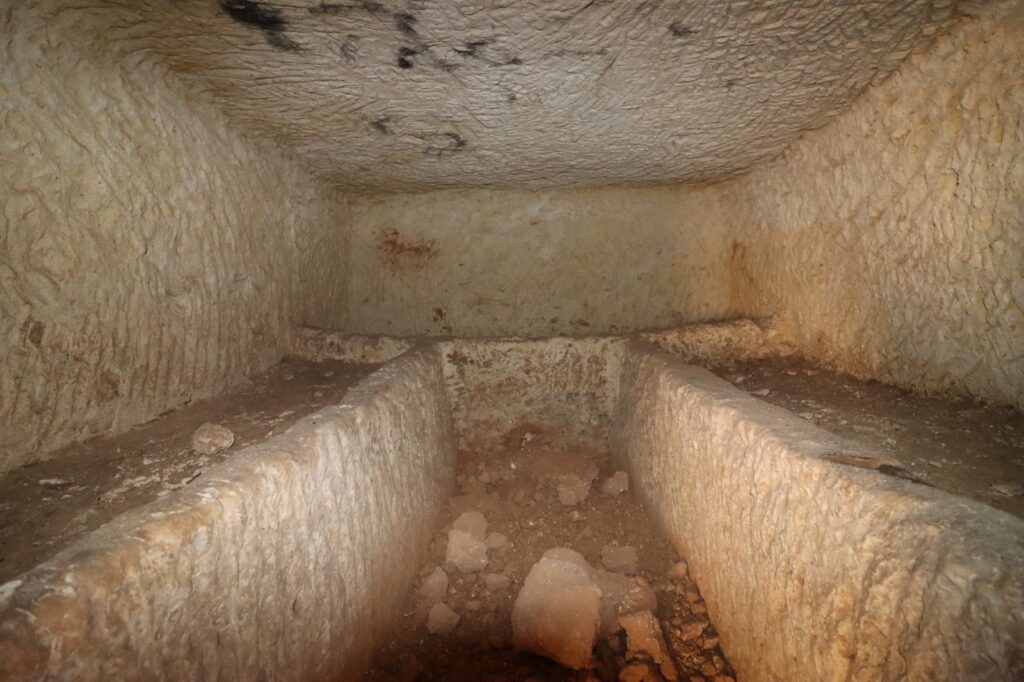
Additional rectangular burial sections, some with one klinē and others with two, are positioned on either side of the main chamber. In total, six rectangular openings lead into the burial spaces, while inscriptions can be seen above the vaulted sections on each wall.
📣 Our WhatsApp channel is now LIVE! Stay up-to-date with the latest news and updates, just click here to follow us on WhatsApp and never miss a thing!!
Experts suggest that the tomb’s architectural features and Christian symbols indicate a date between Late Antiquity and the Early Byzantine period. Authorities plan to continue surveying the area to identify and preserve similar heritage sites.
You may also like
- A 1700-year-old statue of Pan unearthed during the excavations at Polyeuktos in İstanbul
- The granary was found in the ancient city of Sebaste, founded by the first Roman emperor Augustus
- Donalar Kale Kapı Rock Tomb or Donalar Rock Tomb
- Theater emerges as works continue in ancient city of Perinthos
- Urartian King Argishti’s bronze shield revealed the name of an unknown country
- The religious center of Lycia, the ancient city of Letoon
- Who were the Luwians?
- A new study brings a fresh perspective on the Anatolian origin of the Indo-European languages
- Perhaps the oldest thermal treatment center in the world, which has been in continuous use for 2000 years -Basilica Therma Roman Bath or King’s Daughter-
- The largest synagogue of the ancient world, located in the ancient city of Sardis, is being restored

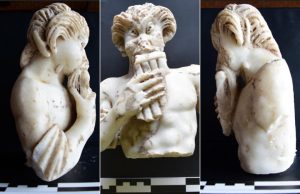
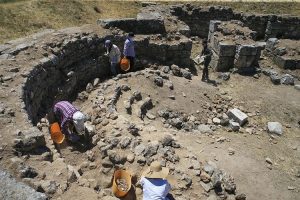
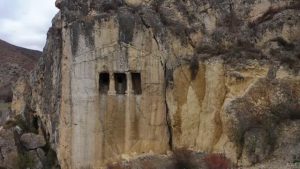
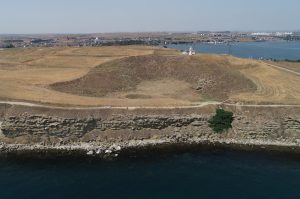
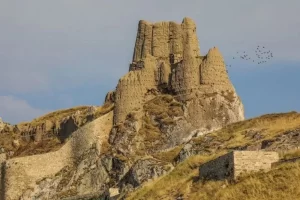
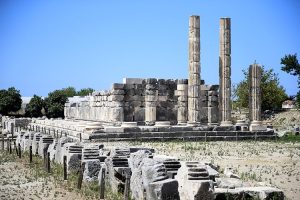
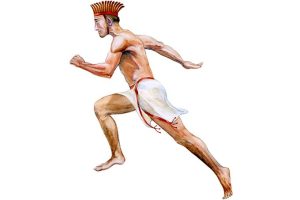

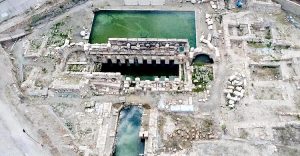
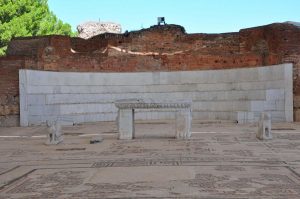
Leave a Reply